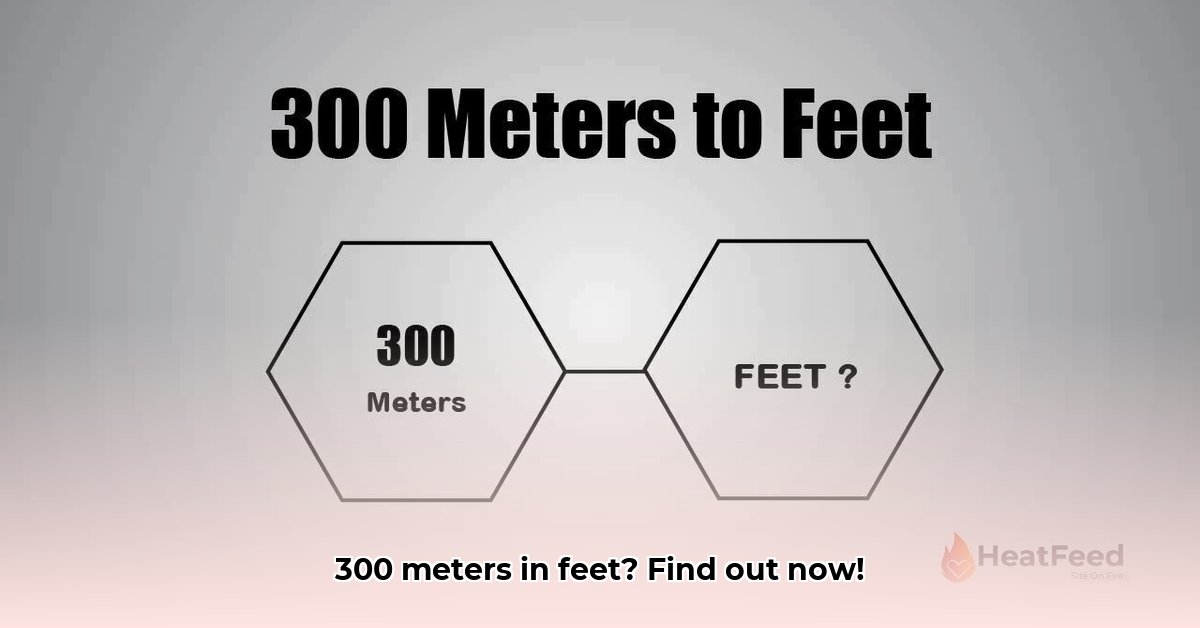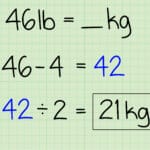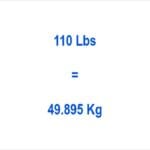Understanding the conversion of 300 meters into other units of measurement like feet, inches, and yards is crucial for various applications, ranging from everyday estimations to precise calculations in engineering and sports. For more on understanding measurements, check out this helpful guide on foot parts. This guide provides a clear, concise, and practical explanation of this conversion, incorporating real-world examples and addressing potential inaccuracies that may arise.
Converting Meters to Feet: The Basics
The fundamental conversion factor is: 1 meter equals approximately 3.28084 feet. To convert 300 meters to feet, we multiply:
300 meters * 3.28084 feet/meter ≈ 984.252 feet
For practical purposes, this is often rounded down to 984 feet. However, understanding the precise conversion factor is crucial for accurate calculations, especially in technical fields.
Visualizing 300 Meters: Real-World Examples
To grasp the scale of 300 meters, consider these examples:
- Six Olympic-Sized Swimming Pools: Lining up six 50-meter Olympic pools gives you roughly 300 meters.
- Almost Three Football Fields: Three American football fields placed end-to-end slightly exceed 300 meters (each field is approximately 100 yards or 91.44 meters).
- City Block Length: In many urban settings, a typical city block spans close to 300 meters.
- The Eiffel Tower: While not a length, visualizing the height of the Eiffel Tower (approximately 330 meters including its antenna) can give a sense of scale.
These analogies offer a practical way to visualize the distance, but remember that they are approximations. For precise measurements, always rely on the conversion calculation.
Accuracy and Precision: Addressing Potential Discrepancies
Different online converters may yield slightly varying results due to rounding. Some use a simplified conversion factor (e.g., 3.28 feet/meter), introducing minor discrepancies. For general estimations, this simplification might suffice, but in fields like engineering and design, precise conversions are crucial. Using the full conversion factor (3.28084) and minimizing rounding errors ensures accuracy.
Converting 300 Meters to Inches: A Step-by-Step Guide
To convert 300 meters to inches, we combine the meters-to-feet conversion with the feet-to-inches conversion:
- Convert to Feet: 300 meters * 3.28084 feet/meter ≈ 984.252 feet.
- Isolate the Decimal: Separate the whole number (984 feet) from the decimal portion (0.252 feet).
- Convert Decimal to Inches: Multiply the decimal by 12 inches/foot: 0.252 feet * 12 inches/foot ≈ 3.024 inches.
Therefore, 300 meters equals approximately 984 feet and 3 inches.
Practical Applications Across Disciplines
Understanding the 300-meter conversion has wide-ranging applications:
- Athletics: In track and field, 300 meters is a common sprint distance. Accurate conversions are essential for training, performance analysis, and comparing results across different measuring systems.
- Construction and Engineering: Precise length conversions are fundamental in architectural drawings, structural engineering, and construction projects. Even slight errors can have significant consequences.
- Navigation and Mapping: Converting between meters and feet is essential for understanding map scales, estimating distances, and planning routes, especially when using maps based on different measurement systems.
- Science and Research: Many scientific measurements are recorded in metric units. Converting to imperial units can make these measurements more accessible to a wider audience or facilitate comparisons with data recorded in different systems.
Beyond Feet and Inches: Other Conversions
300 meters is also equivalent to:
- 984.25 feet
- 11,811.02 inches
- 328.08 yards
- 0.3 kilometers
- 0.186 miles
This comprehensive understanding empowers you to accurately convert and visualize 300 meters in diverse contexts, ensuring precision and avoiding potential errors.
- Unlock what part of speech is is: Master English Grammar Now - April 2, 2025
- Unlock the best US history books: A curated list for insightful reading - April 2, 2025
- First Lady Book: A History of Power and Influence - April 2, 2025
















